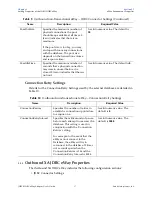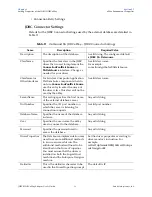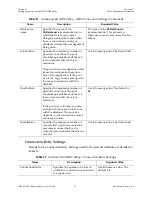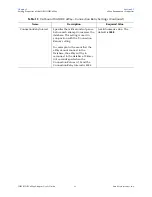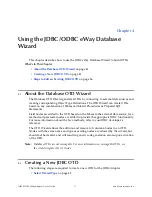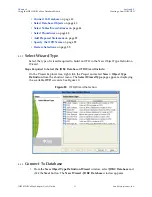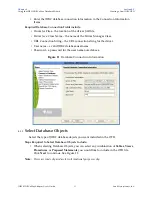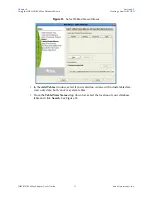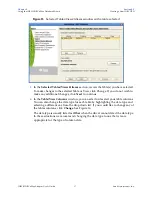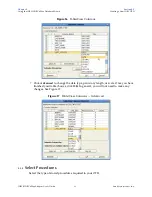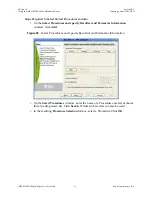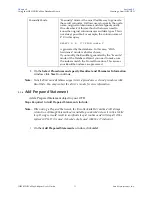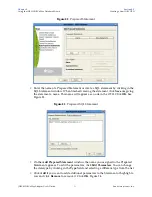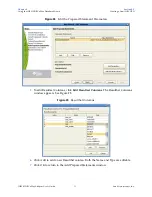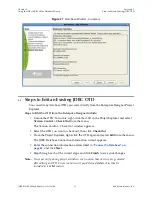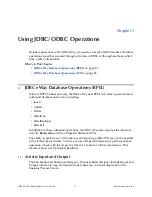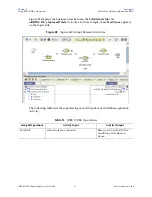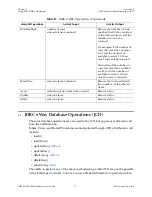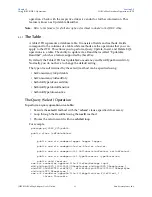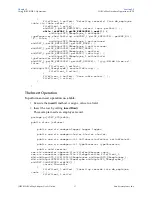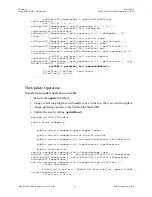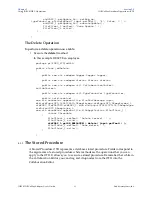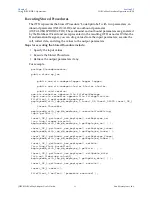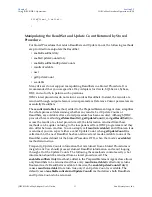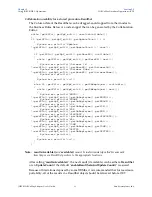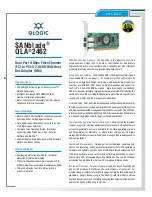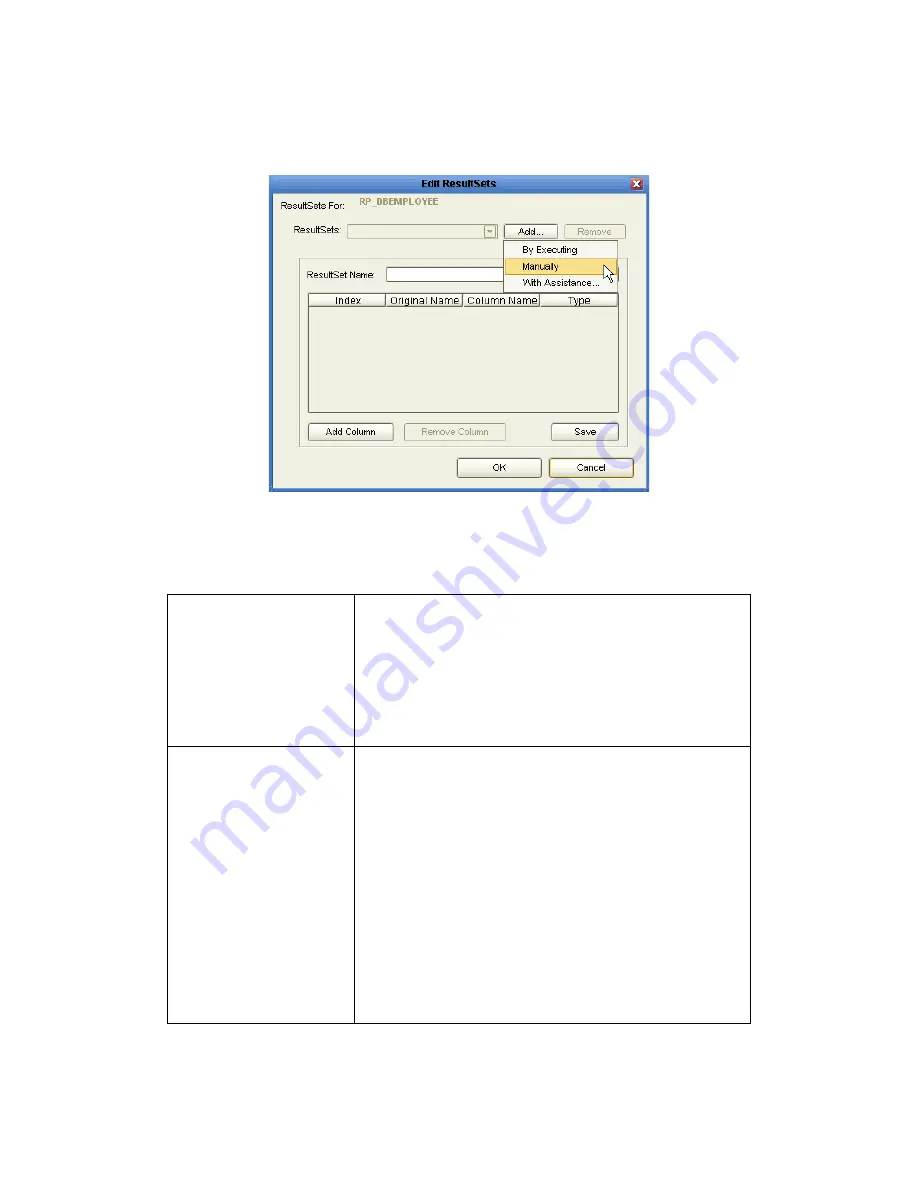
Chapter 4
Section 4.2
Using the JDBC/ODBC eWay Database Wizard
Creating a New JDBC OTD
JDBC/ODBC eWay Adapter User’s Guide
51
Sun Microsystems, Inc.
7
Click Add to add the type of Resultset node you would like to generate.
Figure 21
Edit Resultset
The DBWizard provides three different ways to generate the ResultSet nodes of a
Stored Procedure. They are "
By Executing
", "
Manually
", and "
With Assistance
"
modes.
By Executing Mode
“By Executing” mode executes the specified Stored
Procedure with default values to generate the
ResultSet(s). Depending on the business logic of the
Stored Procedure, zero or more ResultSets can be
returned from the execution. In the case that there are
multiple ResultSets and "By Executing" mode does not
return all ResultSets, one should use the other modes
to generate the ResultSet nodes.
With Assistance Mode
"With Assistance" mode allows users to specify a query
and execute it to generate the ResultSet node. To
facilitate this operation, the DBWizard tries to retrieve
the content of the specified Stored Procedure and
display it. However, content retrieval is not supported
by all types of Stored Procedures. We can roughly
classify Stored Procedures into two types: SQL and
external. SQL Stored Procedures are created using
CREATE PROCEDURE SQL statements while external
Stored Procedures are created using host languages
(e.g. Java). Since external Stored Procedures do not
store their execution plans in the database, content
retrieval is impossible. When using "Assist" mode,
highlight the execute statement up to and including
the table name(s) before executing the query.

